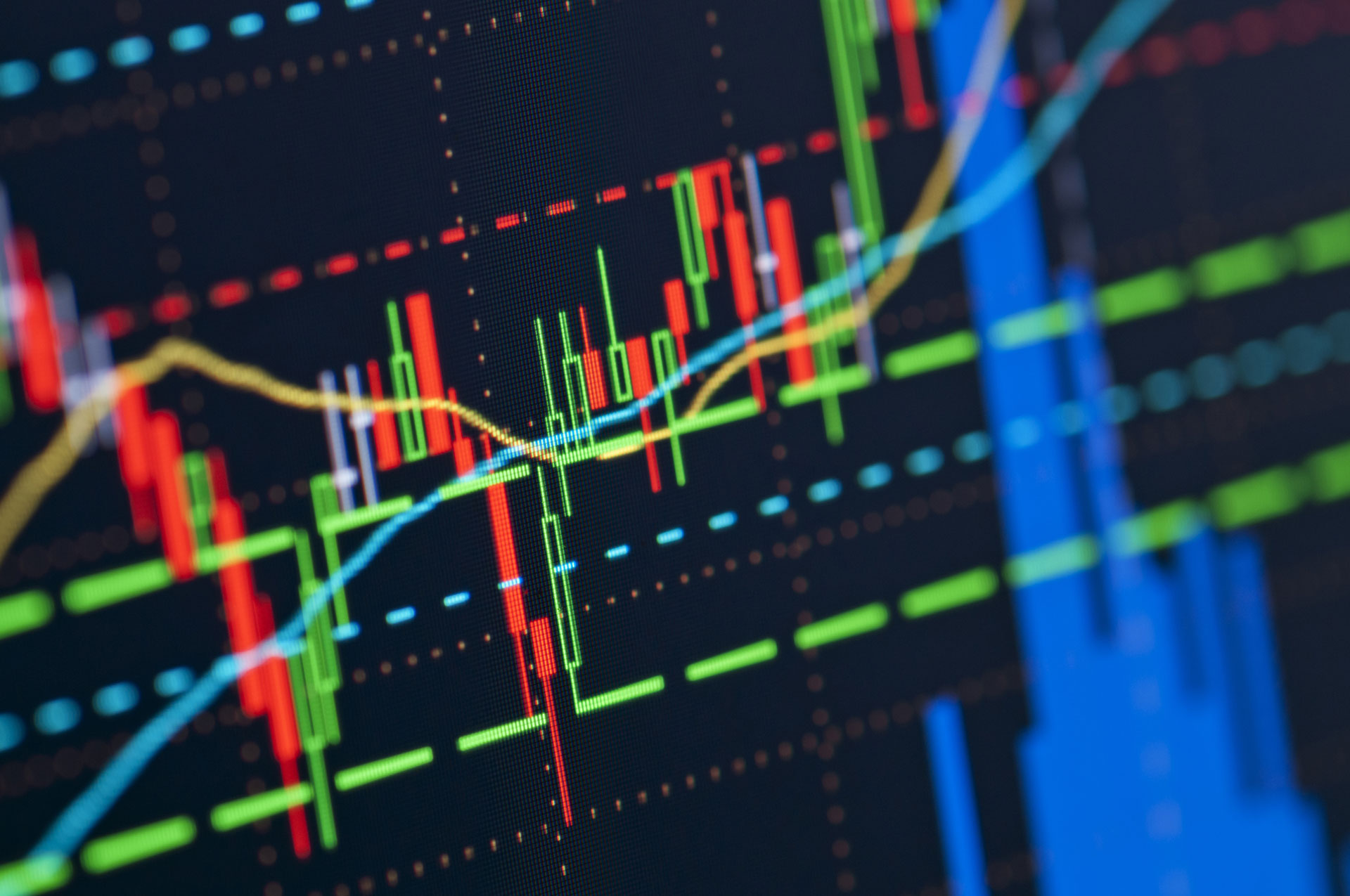Introduction:

Image: www.atulhost.com
Imagine unlocking the potential to navigate the dynamic and lucrative world of Forex trading. Forex, short for Foreign Exchange, is the global marketplace where currencies are traded, offering savvy investors the opportunity to capitalize on currency fluctuations. Whether you’re a seasoned trader or just starting your financial journey, this comprehensive guide will empower you to understand the intricacies of Forex trading and equip you with the skills to make informed decisions in the currency markets.
Understanding Forex:
At its core, Forex trading involves buying and selling currencies against each other. With over 170 currencies traded worldwide, Forex represents the largest and most liquid financial market. Traders seek to profit from changes in currency values, which are influenced by a wide range of economic, political, and social factors. The unique characteristic of Forex trading lies in its decentralized nature, meaning it operates 24 hours a day, 5 days a week, across multiple financial centers around the globe.
Trading Strategies and Techniques:
Successful Forex trading hinges upon employing effective trading strategies and techniques. Technical analysis, a widely used approach, involves studying historical price data to identify patterns and trends that can help predict future price movements. Fundamental analysis, on the other hand, considers economic indicators, political events, and market sentiment to gauge the intrinsic value of currencies. By combining these analytical methods, traders can form informed trading decisions.
Different types of Forex traders utilize different trading styles depending on their risk tolerance and investment horizon. Scalping, a short-term trading strategy, involves making multiple small profitable trades within a single day. Day trading involves holding positions for a few hours or until the end of the trading day, while swing trading takes advantage of short-term price momentum that can last several days or weeks.
Managing Risk and Capital:
Risk management is paramount in Forex trading. With the potential for high rewards comes the risk of substantial losses, making it crucial to safeguard your capital. Stop-loss orders and position sizing are essential tools for managing risk by limiting potential losses. Additionally, traders should maintain a sound understanding of their risk tolerance and invest only what they can afford to lose.
Trading Platforms and Tools:
Harnessing the right trading platform and tools empowers traders to make informed decisions. MetaTrader is widely recognized as a robust platform offering advanced charting capabilities, technical analysis tools, and automated trading options. Traders can also utilize technical indicators, economic calendars, and real-time news feeds to stay abreast of market movements.
Psychology of Trading:
Trading Psychology, often overlooked but crucial to long-term success, involves understanding and managing emotions in the face of market volatility. Greed, fear, and overconfidence can cloud judgment, leading to poor trading decisions. Traders must cultivate discipline, patience, and a solid trading plan to navigate the emotional rollercoaster of Forex trading.
Conclusion:
Forex trading offers a compelling opportunity to tap into the global currency markets. However, it requires not just knowledge and skill but also a disciplined mindset and effective risk management strategies. By absorbing the insights presented in this comprehensive guide, you embark on a journey to unlock the potential of Forex trading and forge a path toward financial success in the dynamic foreign exchange markets.

Image: narekyfuhevaq.web.fc2.com
Summary For Online Forex Trader






